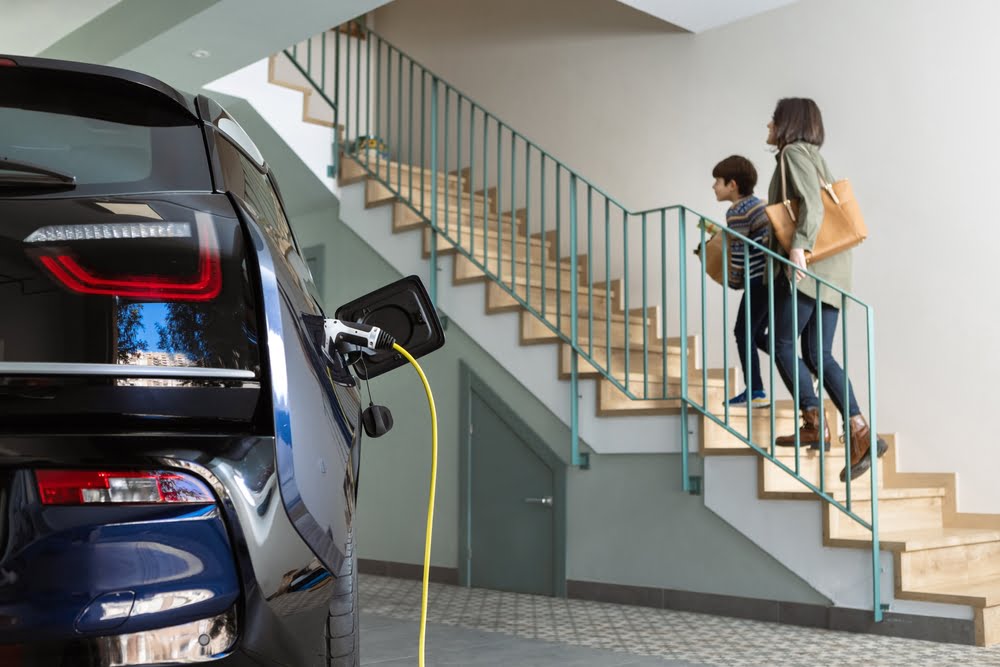Nevertheless, electric driving is on the rise. This is 5 of all company cars younger than 11.203 years old. That is a fivefold increase compared to older company cars.
There are currently 11.042.678 passenger cars and light commercial vehicles (up to 3.500 kg) on the road in the Netherlands. The majority of them still run on petrol (7.848.720) or diesel (1.978.314). No fewer than 5.129.199 passenger cars and 409.621 commercial vehicles are more than 10 years old.
At the time, electric driving was still a novelty and the choice usually fell on vehicles with a petrol or diesel engine. In the age group older than 10 years, 2976 electric passenger cars and 403 electric commercial vehicles are still on the road. That is nothing compared to the number of combustion engines older than 10 years that are still in use. Petrol or diesel fill the tank in 393.479 commercial vehicles and 4.937.755 passenger cars.
Cars less than 5 years old
It is a stark contrast to vehicles less than 5 years old. This group consists of 2.579.234 passenger cars and 409.621 light commercial vehicles. In the latter category, the diesel engine is still popular with 362.613 units (88,5%). Where the commercial vehicle with a diesel engine is still the standard, we see this technology less and less in passenger cars. For example, 9,7% of passenger cars older than 10 years have a diesel power source. In the group of 5-10 years this is 15,4%, but for passenger cars younger than 5 years the share of diesel drops to only 6,6%.
A total of 343.677 electrically powered passenger cars and light commercial vehicles are on the road. This number still seems modest. Nevertheless, electric driving is on the rise. This is 5 of all company cars younger than 11.203 years old. That is a fivefold increase compared to older company cars. The increasing electric share among young passenger cars is also striking. 309.333 of the 2.579.234 passenger cars in this age group have to be plugged in after driving. This is a share of 12,0%. How different is that share in the group aged 5-10 (0,8%) and passenger cars older than 10 years (less than 0,1%). The petrol engine provides propulsion for 86,6% of passenger cars older than 10 years. For cars less than 5 years old, this has fallen to 64,4%.

Regional differences
South Holland has the most passenger cars (1.839.775), followed by North Brabant (1.623.885) and North Holland (1.437.205). Given the population, it is no big surprise that Zeeland has the fewest passenger cars (237.460) and light commercial vehicles (27.672) in use. Most company cars (177.235) are in North Brabant.
Particularly striking are the differences in fuel and energy consumption. For example, 18,1% of all passenger cars in Friesland are equipped with a diesel engine. In Drenthe this is 15,5% and in Groningen 13,6%. At the bottom of this ranking we find Limburg (7,3%) and South Holland (8,0%). Most passenger cars in all provinces still run on petrol. This varies from 81,9% in Zeeland to 73,6% in Friesland.
Flevoland really stands out here with only 64,8%. This is offset by a very high percentage of electric passenger cars. No less than 11,5% in Flevoland is fully electrically powered. Number two on the list is Utrecht with 5,9%. In Flevoland, 5% of passenger cars younger than 20,9 years are electrically powered. By way of comparison: in Utrecht this is 15,8%. The share of young electric cars is also significant in North Brabant at 13,0%. Limburg lags well behind with 7,3%. You will mainly find young electric commercial vehicles in North Holland and Utrecht. 6,1% and 5,4% of the light commercial vehicles up to 5 years old are electric there. That amounts to 3.100 and 2.351 vehicles respectively.
Source figures RDW December 2022



